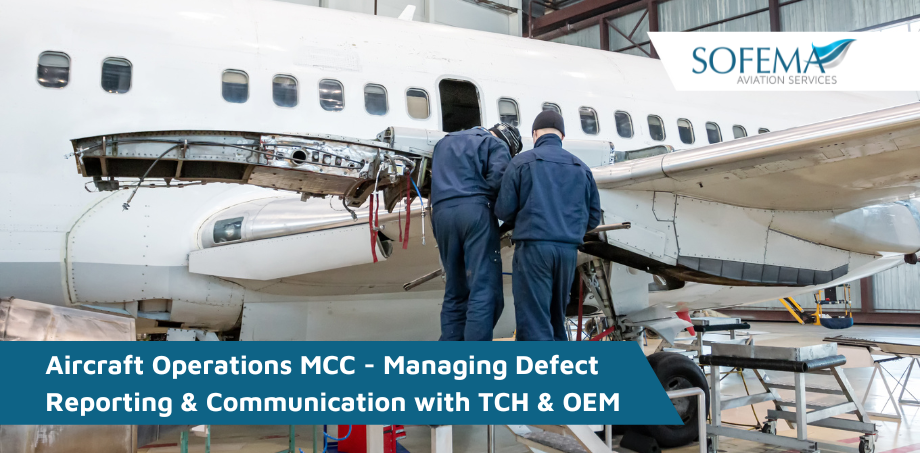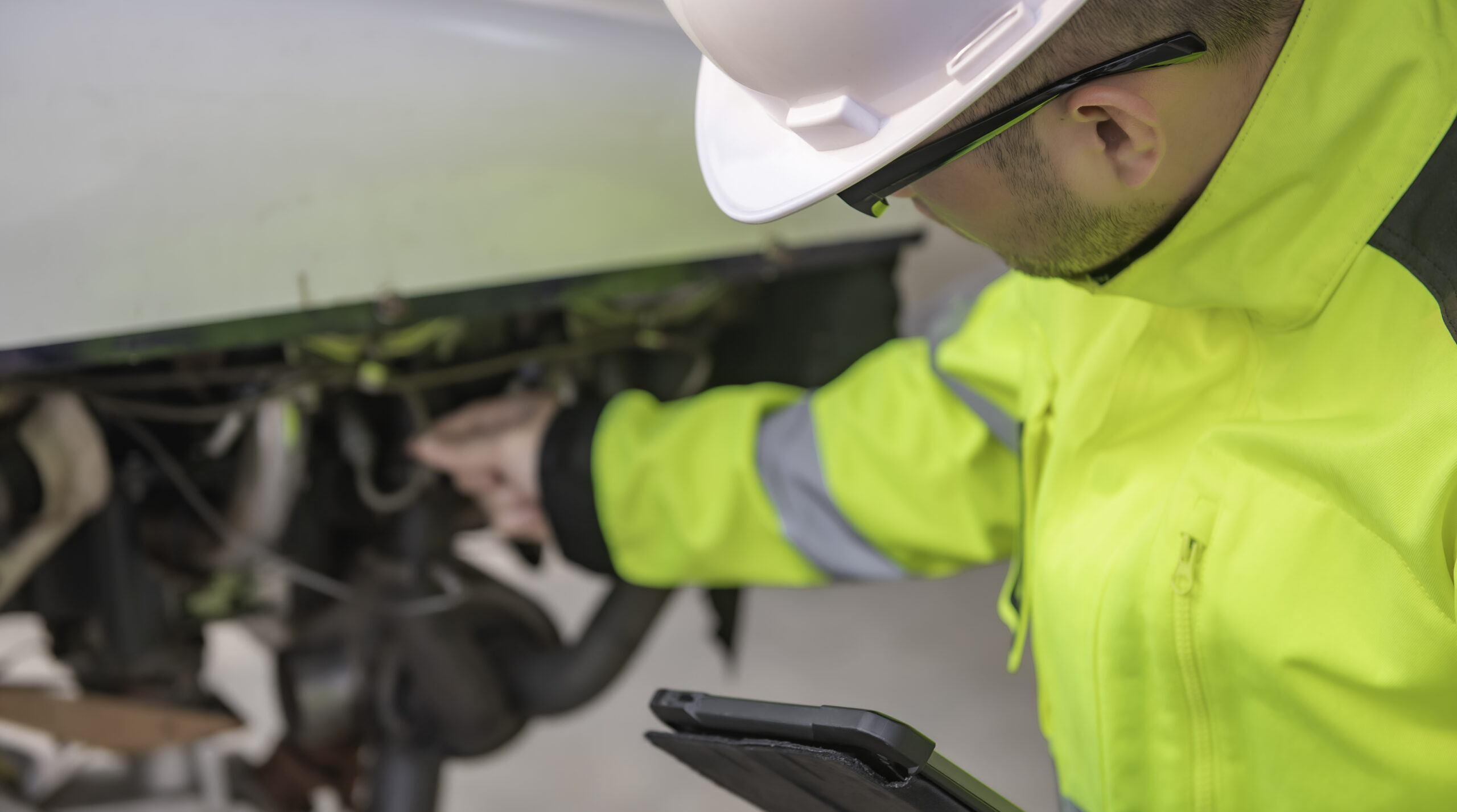Sofema Aviation Services (SAS) considers the obligations related to communications with TCH & OEM.
Introduction – how does the following work in your organisation?
- Operator processes for identifying and documenting problems or difficulties with maintenance tasks that, in the judgment of the operator, pose a safety hazard.
- Operator processes for reporting back to OEM/DAHs on maintenance task problems (including difficulties in performance or verification of task completion) that, in the judgment of the operator, have a clear potential impact on safety.
Consider your current reporting system and comment on the following areas:
a) Effectiveness of the reporting system
- How is it managed and controlled?
- Difficulty of Data Submission?
- How can it be improved?
b) Visibility of reported information for all Stakeholders
- Can all required persons easily view the current status of information
c) Communication process both internally and externally regarding any required actions
- How does information flow in particular with external relationships – how is delivery ensured (closed loop)
The importance of ensuring and complying with approved data – consider Transat 236
Summary
The investigation revealed that the cause of the accident was a fuel leak in the no. 2 engine, caused by an incorrect part installed in the hydraulics system by Air Transat maintenance staff as part of routine maintenance.
- The engine had been replaced with a spare engine, lent by Rolls-Royce, from an older model which did not include a hydraulic pump.
- Despite the lead mechanic’s concerns, Air Transat authorized the use of a part from a similar engine, an adaptation that did not maintain adequate clearance between the hydraulic lines and the fuel line.
- This lack of clearance, on the order of millimetres from the intended part, allowed chafing between the lines to rupture the fuel line, causing the leak.
Instructions for Continued Airworthiness (ICAW)
ICAW is issued by the Type Certificate Holder (TCH) or Supplemental Type Certificate Holder (STCH), the holder of a modification/repair design approval or the manufacturer of the aircraft or aeronautical product.
The Aircraft Maintenance Manual (AMM) is a primary document for transmitting ICAW to maintainers and operators.
Note: It is important that all users should refer the latest revision of ICAW and to comply with all recommended and required maintenance.
- When it is necessary to amend or provide additional guidance then an ICAW supplement can be issued as an interim solution (Temporary Revision).
- Allows controlled information to be formally distributed where the AMM revision schedule does not align with the need for timely distribution of the data.
Note: Supplements typically do not contain operation or flight data. (refer to separate Aircraft Flight Manual (AFM) and/or AFM Supplements.
For Weight & Balance – Refer to:
- The applicable Weight and Balance Manual and/or the AMM, Chapter 8, Leveling and Weighing for more data, as applicable to your model.
Other Standalone Information – can be issued through the following:
- FAA-approved Chapter 4 – Airworthiness Limitations.
- Standalone Airworthiness Limitations Manuals (ALM).
- Electrical Wiring Interconnect Systems (EWIS) Manual changes have their own approval/revision process.
- Operation Manual – type data is also not included in an ICA Supplement.
How to check for ICAW Supplements
- Supplements should be referenced by ATA on the Temporary Revision Control Page
- For Electronic Manuals – should be additionally referenced from the selected ATA
Note: The important aspect is to ensure the Supplements (Temporary Revisions (TR)) are identified when needed.
What Information is issued by supplements?
Essentially any information which is found in primary manuals can be issued as a Supplement, for example:
- Access updates,
- Servicing instructions,
- Removal/installation changes,
- Post-maintenance checks,
- Updates to scheduled inspection programs;
- New, changed, or revised inspection criteria; and/or intervals;
- Wiring Diagram Manual (WDM);
- Parts data.
Note: Aeroplanes that are considered as Non-Complex are typically maintenance controlled through the AMM Chap 5, whereas large aircraft have a Maintenance Planning Document (MPD).
Are Supplements always incorporated into the manuals?
Most Supplements will be incorporated into the relevant manual at the next revisions (Validate through reference to the TR/ ICA Supplement List.)
Next Steps
Follow this link to our Library to find & Download related support documents.
Note – Sofema Aviation Services offers the following training in support of the understanding regarding development of an effective Defect Control Process within a Maintenance Control Centre:
For additional questions or to register please email team@sassofia.com
Tags:
Aircraft, aviation, Aviation Maintenance, Aviation MCC, aviation safety, Aviation Training, Deferred Maintenance Items, Dispatch Reliability, ICAW, MEL, Online Training, PIREPS, SAS blogs





